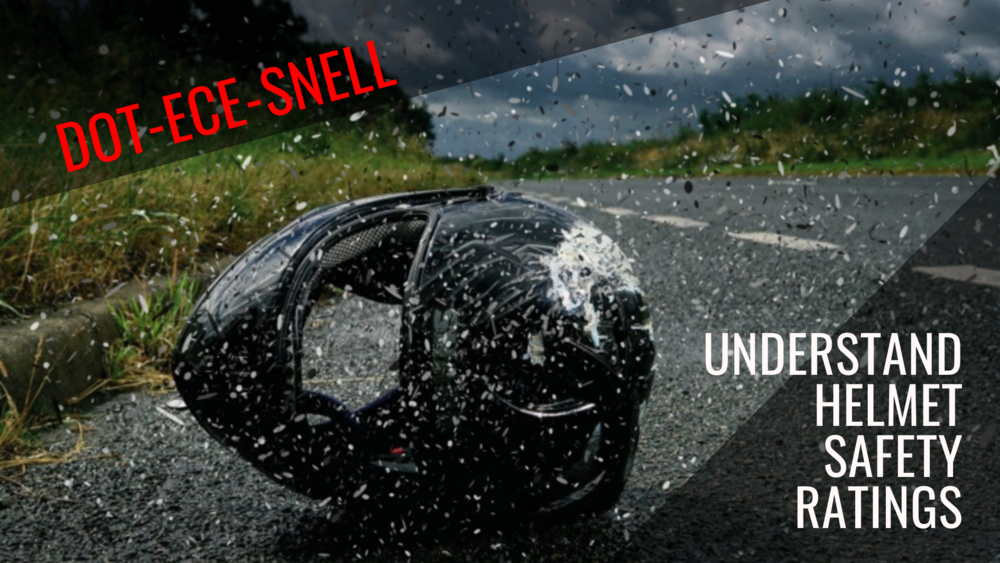
In the unfortunate possibility of a motorcycle accident where the riders head comes into contact with other objects, the way the helmet is designed can literally save your life. In a car, the seat belt holds you back, and an airbag catches you. The options for impact are mitigated. On a motorcycle, the variables of how your head might impact anything from the ground to a handlebar or even a vehicle are extremely more vast than the car/seat belt scenario. To account for this wide variety of head smashing variables, ratings tests were designed and tested, and now make up helmet rating standards.
In Europe and the US these standards known as DOT, ECE, MIPS, & SNELL all account for slightly different ratings for street helmets, but all work towards the same goal of improved safety. Without these recognized standards, a user would be unable to know the difference in safety from one helmet to the next, or if the helmet adheres to any kind of standards.
DOT Helmet Rating
The United States Department of Transportation (DOT), sets the minimum standard for testing before a helmet can be sold. This DOT sticker is the most commonly seen sticker on helmets in the US and often seen on helmets the world over. To be a DOT rated helmet, you must meet a minimum requirement for absorbing shock impact, resisting penetration from an impact, and have a chin strap that won't unsafely stretch. These various impact levels are determined by DOT.
The problem(s)? First off, this standard has never had a significant overhaul since 1972, and in the opinion of many, it should be updated to meet more rigorous safety standards. Second, the DOT system is an honor system. Basically, helmet manufactures self-determine if their helmets meet these standards and if they feel that is the case, they add the DOT sticker onto the helmet and sell them with this rating. DOT then chooses helmets at random from store shelves for testing to see if they, in fact, do meet the requirements. All DOT helmets are innocent until proven guilty.
There is an in depth video that outlines the problem with this system and shows an average of 20% failure rate with this system, and points towards a dishonest line of manufactures that are left to self-police.
SNELL Helmet Rating
You could argue that one helmet rating is better than another, but I'm in no position to claim who's best. SNELL, however, makes the claim that they are a better testing system. They claim that "SNELL standards are the world's toughest."
To sell a SNELL certified helmet, manufacturers need to apply for testing, then have their helmets approved by SNELL before they can obtain certification and sell with this rating. This is in contrast to a DOT helmet where manufacturers can authorize their own rating. It is worth noting in a 2018 test, SNELL shows no performance gain with the addition of MIPS. For this reason, it is perhaps best to stick with what has stood the test of time. I'm sure MIPS will have a very scientific
When it comes to testing, DOT & SNELL both measure impacts against contact with an anvil via G-force. DOT set the maximum to 400 G's & SNELL set theirs to 300 G's, each with a different measurement of impact time. SNELL claims that their testing meets the minimum DOT standard as well as their own level. So if you want to be sure your helmet is DOT rated, buy a SNELL helmet, and you'll get both. Getting the best available safety gear is important.
*Check the handy chart made up by SNELL where they compare their testing scenario to DOTs.
ECE Helmet Rating
The Economic Commission for Europe (ECE) is Europe's standard of testing to qualify a motorcycle or scooter helmet as safe for street use. The minimum standard, as outlined by the ECE, goes through standard updates when the organization feels it's time for improvement. Originally the rating was ECE 22, we are now at version 5. Otherwise known as ECE 22.05.
The ECE rating is said to be superior to a DOT rating and is more in line with the SNELL rating system. ECE test for impact, penetration, and strap safety. ECE is the most widely used helmet rating system on the planet with over 50 countries recognizing this as their standard.
You'll see an ECE sticker on the back of the helmet and often the testing county number on the strap. This number further indicates what country that helmet was tested in. For example, if you see a helmet with the E tag followed by the #6, this helmet was tested in Belgium. Not to say it can only be worn there, it just happens to be where the helmet was tested.
The one main criticism for the ECE rating is that they test for specific fault areas on a helmet, and these areas never change. If a manufacturer wanted to pass a line of helmets with an ECE rating, they could simply beef-up those impact points to pass the test and let everything else slide.
Country number examples
- E1 is Germany
- E2 is France
- E3 is Italy
- E4 is the Netherlands
- E6 is Belgium
- E11 is Great Britain
SHARP Rating System
SHARP is an initiative developed by the Department For Transportation in the UK to better help riders determine what helmets are safe, provide educated information on fitment, and give objective information on helmets.
Taking the testing one step further, the SHARP rating system supersedes any of the above-mentioned testing systems. According to SHARP, they increase the difficulty of anvil testing by a rate 30% more energy than the testing standards of ECE 22.05.
The SHARP testing systems “Each model of motorcycle helmet undergoes 30 linear and 2 oblique impact tests in order to achieve a SHARP rating. To complete these 32 tests, a minimum of 7 individual helmet samples, in a range of sizes, are subjected impacts at three speeds (6, 7.5 and 8.5 metres per second) as follows” in the chart below.
Digging deeper, the SHARP ratings look into chin bar testing to determine safety. They test front-flip helmets and score them a percentage based on the number of times a the helmet does or doesn’t open during a crash. They then provide information on impact zones with a color, and a poor to very good rating. Once this is all complete each helmet is given a star rating from 1-5, that gives the overall helmet a clear safety rating based on test results.
For a rider who has narrowed down their desired helmet based on price and features, or one who has no idea where to start. Looking into the testing provided by SHARP should provide you with some of the clearest information and highest standard of safety on the planet.
MIPS Helmet Technology
If you believe everything a neurosurgeon and technology researcher tell you about your brain, well then you'll probably like this. Multi-direction Impact Protection System (MIPS) is a thin insert that cradles your skull and allows a shift of the head away from the helmet 10-15mm in any direction during a crash.
This ability for the head to shift will reduce direct forces to the brain in the first 5-10 milliseconds of impact. Thus decreasing the amount of shift or jarring directly on your brain and aiding in keeping you alive or avoiding possible head trauma like a concussion.
Thin MIPS inserts are becoming more and more popular in bicycle helmets, equestrian, snow activities and with motocross racers, groups that anticipate having accidents. Getting the average street rider to think they may one day have an accident and pony up $20-$50 extra for an insert has proven more challenging.
Proper rain gear, high visibility clothing, and basic clothing are all important. Your head safety however, should be number one.
This BELL MX-9 Adventure Helmet is DOT, ECE22.05 & MIPS rated. If you were going to put your head into something, this helmet would be a safe resting place.
More Than Just Stickers, A Look At Local And International Helmets
Image: Vietganz Facebook - If you’re aiming for style points, it’s tough to beat the cool looks of these backwards baseball cap style helmets.
Vietnam Baseball Cap Helmets
In a country where incomes have risen enough to take people off of their feet and onto a motorcycle, the average Vietnamese home has two motorcycles. That said, paying for anything above the cheapest and most basic of helmets is uncommon.
The baseball cap style of helmet is a thin plastic hat often with a bit of foam on the inside designed to be economical. The main factor is the low cost, usually only a few dollars and it will save the rider from a $10 fine if caught without using any helmet at all. As well, in a country where temperatures are often stifling, these thin and open helmets are often cooler to wear than a thicker, closed face helmet. Vietganz Vespa club in Vietnam has come up with a cool looking version of this helmet, but it won’t do much for your face. To find a real safety rating on this helmet-style, baseball caps is near impossible.
The LS2
A popular helmet brand that exploded from one employee in 1990 to over 100 by 1992. This quickly adopted helmet is built for functionality and quality at an affordable price. The LS2 line of helmets is a good starting point for any rider who wants overall value created in several designs with a high focus on safety.
Utilizing High-Pressure Thermoplastic Technology Resin, composite bers that are difficult to penetrate and carbon fiber that can resist temperatures up to 120oC. These quality open face and full face helmets range from 1.5-million vnd to 6-million vnd with the average price for a full face helmet like the LS2 Pioneer around 2.5-million vnd.
Their popular European reputation means that most of the LS2 line will come with a DOT and ECE rating. It’s a safe bet that when buying an LS2, you’ll end up with a quality helmet matching international standards, a positive reputation, and great value.
BELL Brand
A company with a nearly century-long history, Bell motorcycle helmets have always been synonymous with safety. BELL is credited with designing the first ever full-face motorcycle helmet in 1968. Then, in 1971, they released the world’s first full-face off-road motorcycle helmet.
Still today, BELL aims to have some of the safest helmets on the market and currently offer the BELL star MIPS. A helmet that uses a slip-plane design along with an EPS liner made of foam. The liner helps cushion impact, and the MIPS does its job to prevent brain trauma and injury. Some of the safest quality helmets on the market, you can put a BELL on your head for around 3.6-million to just under 10-million vnd.
Image: Araiamericas.com - A look into an Arai helmet and its Peripheral Belt technology that helps to improve safety and mitigate weight.
Arai Handmade Helmets
Anyone looking for a premium quality helmet will want to turn their attention to the Arai handmade helmet line. Starting as a Japanese hat making company in 1926, the Arai band is today one of the most recognized premium brands in the marketplace.
Each and every helmet is made by hand with keen attention to weight and safety. Today Arai integrates Peripheral Belts that are baked into the shell (as seen in the above photo). This helps send impact energy laterally across the helmet, improving safety and decreasing weight. Quality and safety do come at a price, and shopping for an Arai will almost always cost more than the standard BELL or LS2 line.
Image: Shoei-helmets.com - More than foam and carbon fiber, a Shoei helmet includes complex layers of safety and comfort technology.
Shoei Helmets
Another company with Japanese roots, Shoei attributes some of their gear as the “...most advanced helmets in the world.” They’ve won a vast number of awards to help support this claim, including the top spot in the J.D. Power and Associates for customer satisfaction for over a decade.
An early partnership with Honda in 1965 as their genuine helmet helped launch Shoei into the spotlight. Since then the company was the first to integrate both Kevlar and carbon fiber, as well as a coverless shield system and dual liner ventilation. Their ingenuity has set them apart in safety, lightness, and as an advanced motorcycle brand on the street and on the track. Shoei is seen as one of the top priced mainstream helmets on the market with prices for their latest technology ranging from $300 - $1000.
Weight - Where To Find The Lightest Lid
Strapping a heavy helmet to your head and riding around will leave some riders less than thrilled about a day on the streets. Cheap helmets are often heavy as they are made from cost-savings, but not weight savings material. Or, they are lighter as they don’t use safety materials at all. If you’re looking for a safe, light, lid, look for carbon fiber and not thermoplastic resin. Next, the more accessories, the more weight. Think visors and sunscreens. Here are a few brands with the lightest possible designs.
-X-Lite X-803 Ultra Carbon, designed to feel like a race helmet this is one of the lightest helmets on the market. The lightest version is 1249 grams. Cost, just under $600. With only a DOT rating.
-Shark Race-R Carbon Pro, a race helmet design from the brightly colored Shark line of lids. Getting the weight down to 1305 grams. Cost close to $700-$800. DOT & ECE 22.05 rated.
-AGV SportModular Carbon, from Italian company AGV this is one of the lightest modular helmets on the planet with weights as low as 1347 grams. Another $700-$800 investment. DOT & ECE 22.05 rated.
What Helmet Should You Wear?
Finding a helmet that meets DOT, ECE, and SNELL standards with a MIPS insert is obviously the best possible option. The reality is, you might find a helmet that you like that only meets one of these standards, and that's better than none. The other side of the coin is, even if you spent $800 on the best possible helmet money can buy, and it's too big you might as well be wearing a plastic bucket on your head.
A helmet needs to fit correctly, adhere to recognized standards, be free of cracks and drops, and in the eye of the rider. Look cool enough that they'll actually want to wear it. It's a tall order, but if you plan to ride a motorcycle, it'll be well worth your time to read over the options.





















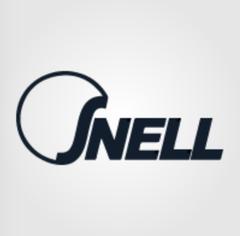
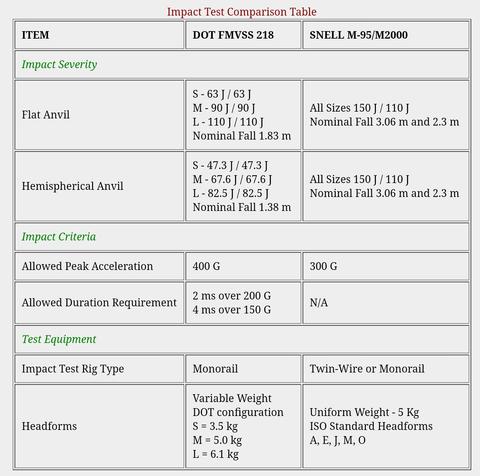
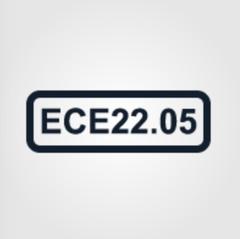
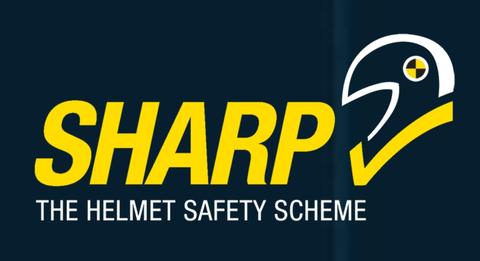
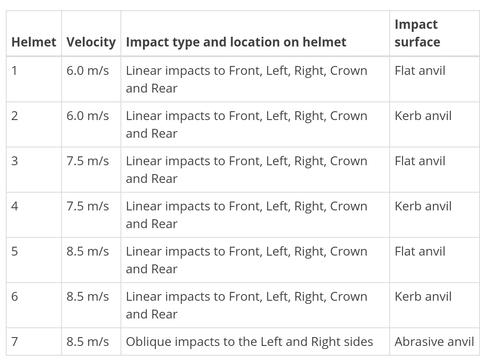


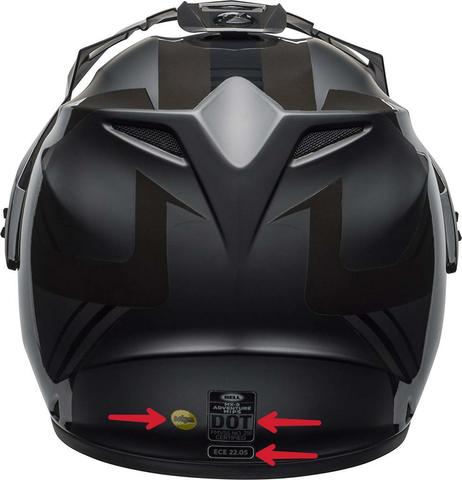
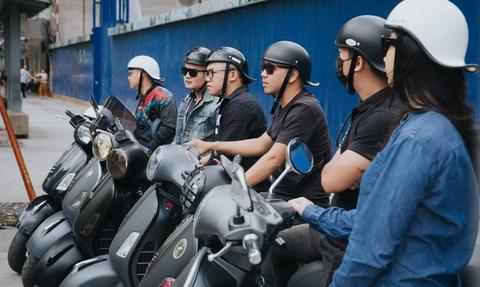
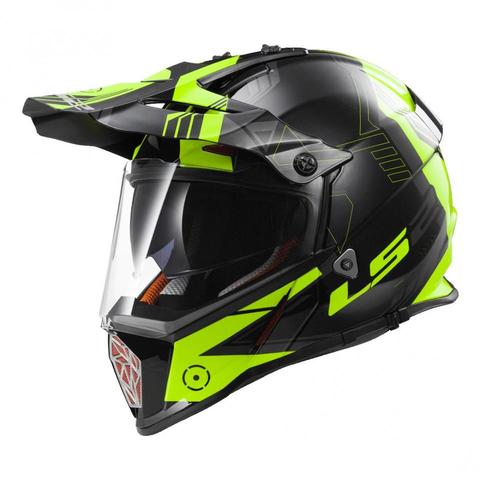
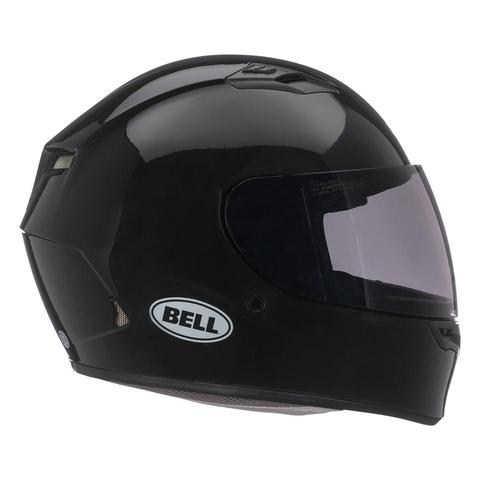

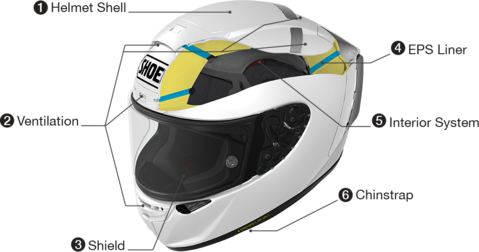
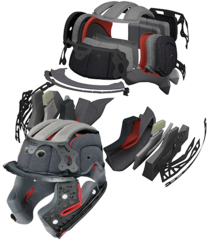

Log In